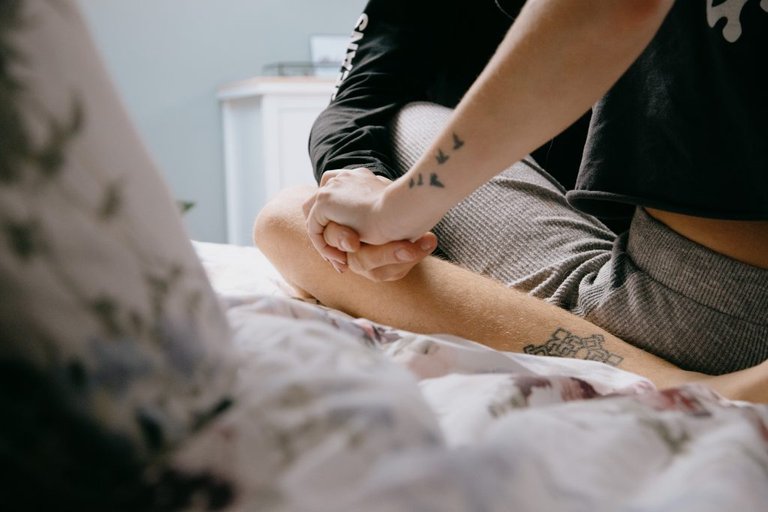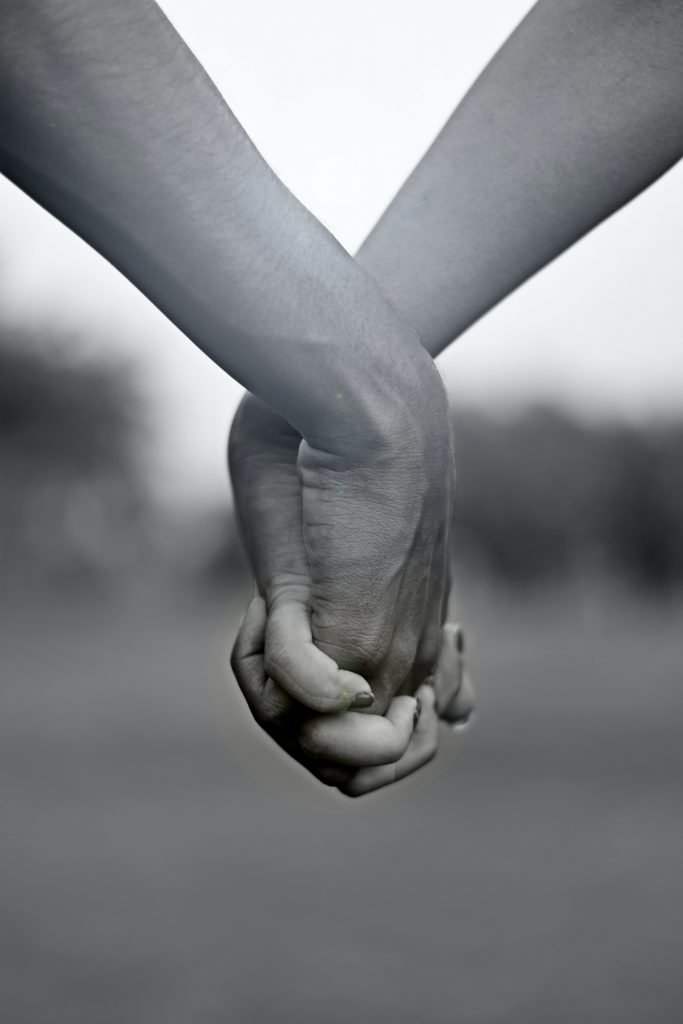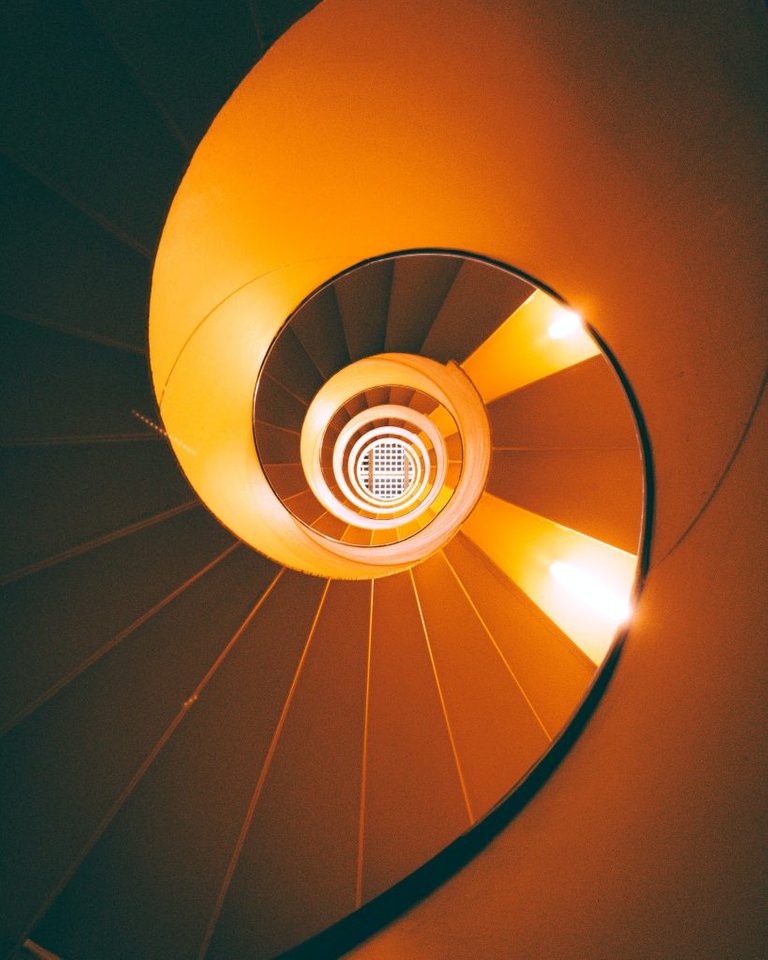
Take the Quiz
I just finished reading Attached: The New Science of Adult Attachment and How It Can Help You Find - and Keep - Love by Amir Levine and Rachel Heller and was struck by what healthy relationships look like, as modeled by secure attachment styles.
The book provides a link to an official quiz so you too can find out your own attachment style. The quiz is part of research conducted by Dr. Chris Fraley of the University of Illinois so it's legit.
I took the handy quiz and found out I am Anxious-Avoidant. Classic!
The book doesn't talk much about this specific attachment type. Basically it is a combination of both Anxious and Avoidant, so you can guess what that means.
I say, "Come here, let's love each other!" and then, "Go away, I'm scared!" Confusing for both me, and you. It affects 3 to 5% of the population so I'm pretty special, prickly cactus and all.
Down the Rabbithole
Half of the population is secure attachment, 20% anxious, and 25% avoidant. And then, there's us. I Googled us. I wanted to find out more, like finding out more about my INTJ Meyer-Briggs type, or Aquarius-Sag sun/moon sign, or Type 4 Enneagram. Please, Internet, tell me who I am!!!
I found out we're also called Fearful Avoidant or Disorganized. Sounds fun. It also turns out there is some overlap with people with PTSD. Ah, interesting, why does this not surprise me.
IRL
As a child, if you have a parent(s) who is frightening (or frightened?) or dangerous, you learn to be hyper-vigilant for threat cues, developing your Anxious attachment style. You don't want to set anybody off. You become a professional eggshell-walker.
If there is some sort of trauma or Trauma, you probably also develop one of four survival mechanisms: Fight, Freeze, Flight, or Fawn. Lucky me, I chose to Fight. As a kid, I thought that was the noble and courageous thing to do. Roll over and submit? Over my dead body!
Unfortunately, this has transitioned well into adulthood. At signs of threat, even imagined, my hedgehog spines flex, it's Go-Time.
It's also impossible, or very, very, very difficult, to be comforted or feel secure when your protector is scary or even, dangerous. Where do you even go? And when it happens often enough, you start to expect that people can't be trusted to be caring, dependable, or compassionate towards your needs, hence the avoidance part of the hybrid.
This translates into adulthood as the drawbridge being quickly drawn up over the moat. I am in my invincible castle. Safe. And alone. Alone, and safe. Me, myself, and I.
The three of us twiddle our thumbs and dabble in self-loathing after awhile. It's looking like time to lower the bridge and open up the gates, oh, but wait, a stranger approaches.... hmmm.. are they friend or foe?

Photo by Keith Pittman on Unsplash
Read the Book
I know more people are learning about attachment styles. I see it on Instagram all the time and because of that, I knew some gist of the subject before reading the book.
I would still highly recommend anyone to read this book. Blog articles and IG posts simply don't do the topic justice. If you already have a secure attachment and are in a happy, committed relationship. Even still, read the book.
There's alot there to learn about people. After all, we usually have other relationships in our lives.
The quiz link I shared earlier in the introduction also provides attachment style for four key relationships, in addition to your general attachment style: Mother, Father, Friend, and Romantic.
Mine were:
- Mother - Anxious-Avoidant
- Father - Avoidant
- Friend - Anxious
- Romantic - Anxious
- General - Anxious-Avoidant
Anxious
Anxious folks tend to have a negative view of themselves and a positive view of others. They are constantly preoccupied with whether they did something wrong and spend a lot of time and energy trying to manage the relationship. They need a lot of reassurance that they are loved, that their love is reciprocated. Anxious types crave intimacy and closeness.Avoidant
Avoidant people tend to have a positive view of themselves and a negative view of others, that's why they end up avoiding and distancing from others. They start to notice things wrong in the other, focusing on the negative qualities or experiences they've had to make it easier to disentangle themselves or corroborate their exit strategy. Avoidants evade intimacy and closeness.Oil and Water
Interestingly, while Anxious and Avoidant types have conflicting needs, they frequently find themselves in relationships. Therefore, the anxious becomes the clinger that the avoidant wants to run away from me.This is because of a couple of reasons:
- The first being simple statistics. Avoidants tend to move quickly and more frequently through relationships so this lands them in the dating pool more often. Secure people stay in relationships longer so they are infrequently available.
- The second is confusion. The fear of intimacy of avoidants creates a push and pull dynamic of drawing close and then running away, and repeat. This emotional roller coaster produces a chemical response like a high that might simulate passion and be mistaken for love.
Secure
Securely attached people hold a positive view of both themselves and others. They expect respect and support and give it. They know how to resolve conflict and practice effective communication. They voice their needs, wear their heart on their sleeve, and don't play games. Secure people are comfortable with intimacy and simply know/trust their partner loves them without requiring frequent reassurance.
Photo by Sinitta Leunen on Unsplash
Shocking
Amazing. Secure attachment sounds so wonderful!Since I have this knowing of relationships as being fraught with tension, to read about this different way of being was like reading about a fairy tale land.
Wow, people can actually feel this way in a relationship?
Even though I am still learning what a "healthy" relationship means, I still thought I knew what a "healthy" relationship meant. I thought I knew what stable, secure, confident, loving, and respectful looked like.
What's unique about the book are all the examples the authors provide of real life couples they've interviewed. They describe the conflicts these couples faced, what they said to each other, the actions they took, and how they chose to resolve, or not resolve, the conflict.
Reading about the concepts at ground level, I was startled by how secure couples interact during disagreements or points of tension. They are so respectful and caring toward each other.
There's no devolution into circular arguments that go nowhere. They voice needs without anxiety that it's asking for too much and also, on the flipside, if the need isn't met, they are gracious about it. Each party's needs are validated and considered. Circumstances are taken into account and compassion is present.
Dreamlining
As my eyes scanned the page faster (I devoured this book so fast) all I could think was, "I want this! This is what I want!" And now that I know what it looks like, I will create it!
I have gone 30 years not knowing what a healthy relationship looks like and it's not all that much of a surprise given the circumstances.
Perspective is one helluva creator. One second, "normal" means one thing, and then the next, it's a whole other ball game.
Why Change?
Now that I see where I want to go, I can get there.
A relationship based in secure attachment has enormous benefits to both parties. The most obvious are health benefits like less stress and peace of mind. Your partner literally affects your physiology, including heart rate, breathing, and even hormone levels. Studies show that when people become attached, they form one physiological unit.
Outside of mental and physical benefits, there is also a clear connection with ability to thrive in life in general. It is born out of something academics in this field call the dependency paradox. This says "the more effectively dependent people are on one another, the more independent and daring they become".
When you know you've got a supportive base, you can live life in a way that's not available single. Like they say, if you want to go quickly, go alone. If you want to go far, go together.
Plasticity
Lucky for us, humans are quite plastic, meaning we can change. Including our attachment style. Researchers went back to subjects they studied in childhood, testing them as adults and found that some of them had changed attachment styles.
In particular, those insecurely attached people who were in relationships with securely attached could move into a secure attachment after some time.
That's progress! That's hope! That's the resiliency and grit of the human spirit. That's creating my life the way I want to live it, unbound by the past and carried on the winds of the present.

Photo by bhuvanesh gupta on Unsplash
References
- Levine, Amir and Heller, Rachel. Attached: The New Science of Adult Attachment and How It Can Help You Find - and Keep - Love. Penguin Random House LLC, 2010.
- Rachel. "The Fearful Avoidant Attachment Style." Emotion Enhancement. January 14, 2018, https://www.emotionenhancement.com/single-post/Attachment-Styles-In-Adults/The-Fearful-Avoidant-Attachment-Style.
- Shorey, Hal. "Come Here, Go Away: The Dynamics of Fearful Attachment." Psychology Today, May 26, 2015, https://www.psychologytoday.com/us/blog/the-freedom-change/201505/come-here-go-away-the-dynamics-fearful-attachment
Posted from my blog with SteemPress : https://www.tantrabanter.com/attachment-style-people-phobic/

